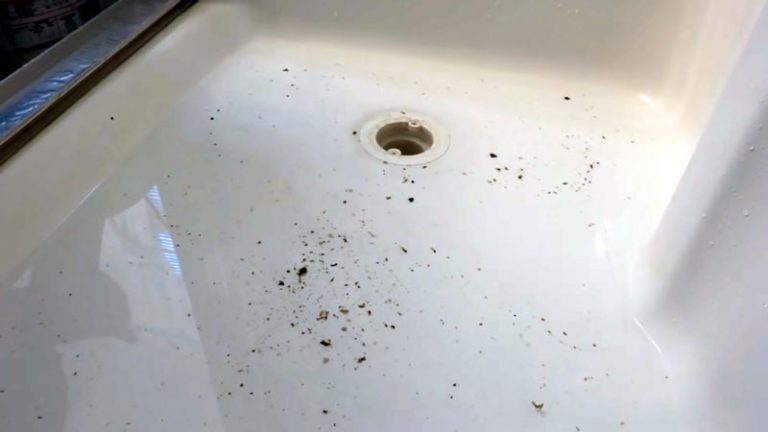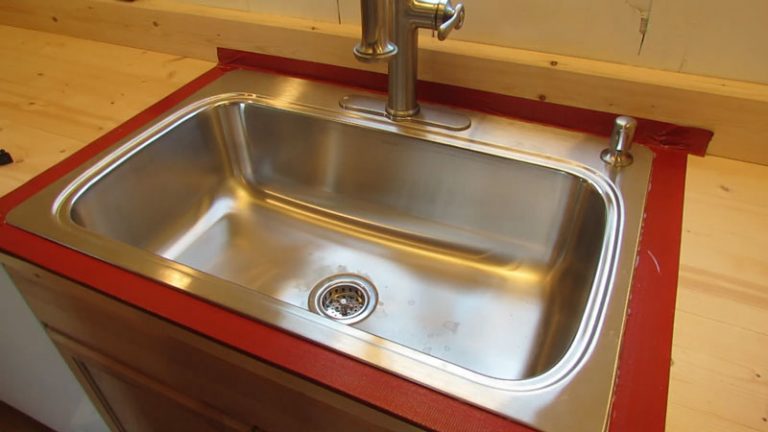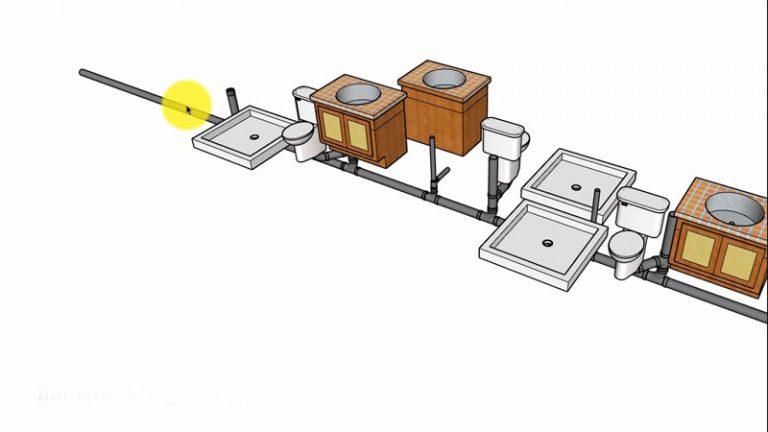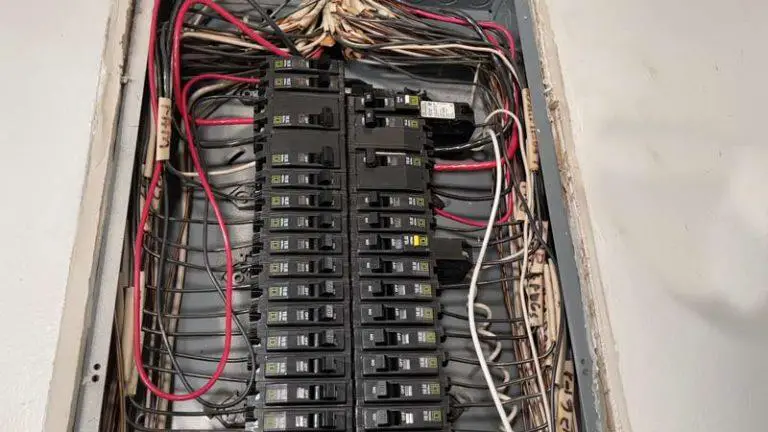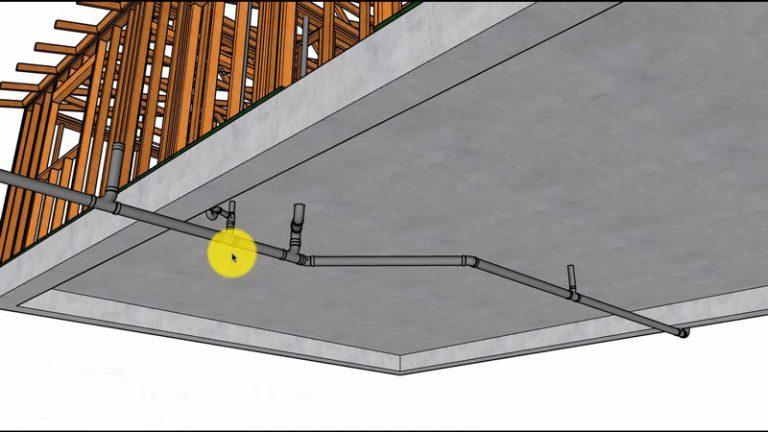What Happens If A Toilet Is Not Vented
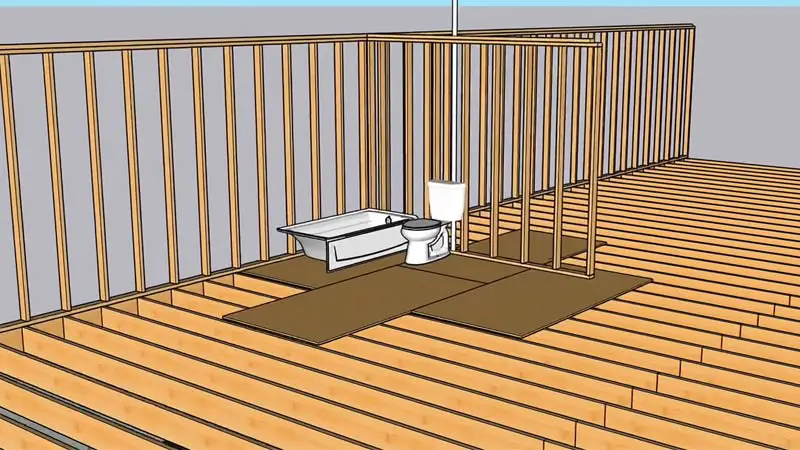
If you experience backups, leaks, or smell problems from your drains, it’s important to contact a professional. In order to avoid sewage flooding and mold buildup, keep an eye out for areas where water is seeping or accumulating around the house.
Old drainage systems can break and cause wastewater overflow. So, make sure all pipes are properly sealed and ventilated if this happens in your home. Sometimes objects can get caught in the system preventing proper drainage. Identify these obstructions before they become a problem and call for help.
Make sure you’re aware of any changes that may impact drainage in your home- like new construction or renovations- so you can take appropriate steps to protect yourself
You'll Learn About
What Happens If A Toilet Is Not Vented?
If you have any drainage issues, it’s important to get them fixed as soon as possible. It’s also important to be aware of leaks and improper installation in your piping system.
Old or deteriorated pipes can easily break, leading to flooding and odor problems. Poor ventilation can cause smells and mold growth in close quarters like a basement or crawlspace.
Sometimes an unidentified object will block the flow of wastewater from your plumbing systems- this needs to be cleared immediately.
Improperly-installed drains can cause backups
When a toilet is not vented, moisture and sewer gas can build up in the bowl. This can cause backups, which could result in flooding in your home or business if left untreated.
One common symptom of improper drainage is water seeping through the flooring around your toilet – this is often an indication that there’s a blockage somewhere else in the system.
A clogged drain may also produce unpleasant odors, making it difficult to enjoy your space during peak hours or when the company is over for dinner. Having a professional inspect and correct any drainage problems as soon as possible will avoid costly repairs down the road – call us today.
Leaks in the piping system
If a toilet is not vented, wastewater and solid waste will accumulate in the plumbing system over time. This can lead to clogged pipes, sewer backups, and other issues that require professional assistance.
A blocked or leaking sewage disposal unit can also cause this problem. Checking for proper venting on all toilets in your home is important to prevent these problems from happening. By taking simple steps now, you can prevent serious damage down the road.
Old or deteriorated pipes
If your toilet does not have a vent, water can accumulate in the bowl and overflow onto the floor. This is especially problematic if you live in an older home without proper drainage or if there is heavy rain outside.
A broken pipe can also cause flooding from toilets upstream of it. This problem can be difficult to diagnose. Toilet overflows are often caused by deteriorated pipes, but they may also occur as a result of clogged drains or defective sediment filters In order for you to prevent flooding from occurring.
It’s important to contact an experienced plumber who will be able to take care of the problem quickly.
Inadequate ventilation
If the toilet is not vented, smells and mold can build up over time. A lack of ventilation can cause a host of problems from bad odors to dangerous mold growth.
Properly venting your toilet will help prevent these issues from arising in the first place. There are a few different ways to go about this. So consult an expert if you’re unsure how to do it properly.
Make sure you keep an eye on your toilet’s ventilation as it becomes an important part of keeping your home healthy and clean.
Blocking in the drainage systems
If something is blocking the drainage system of your toilet, it can cause serious problems. You may not be able to detect an obstruction until it’s too late.
By calling a professional, you’ll avoid costly repairs and unwanted flooding in your home. Blocked toilets are also one of the leading causes of indoor water damage in homes across America each year.
By following these simple steps, you can prevent a blocked toilet from ruining your day–and potentially costing you money.
Will a toilet work without a vent?
Yes, a toilet can be flushed without a vent. To do this, turn off the water supply to the toilet and wait about three minutes for the water in the tank to drain.
Then open the trap on top of the bowl and flush. A toilet without a vent will not work correctly and may cause problems with your plumbing system. When the trap needs a vent in order to flush properly, it can create an airtight seal that prevents waste from going down the drain.
This problem can lead to clogged drains, flooding, and even a house fire. Some areas require the installation of vents by law in order to prevent pollution levels from becoming too high. Improperly fitting traps can also lead to harmful emissions into the atmosphere. Toilets are designed for use in environments where there is moisture or gas present (like kitchens).
If you install a toilet outside of these conditions, it could become damaged over time due to weathering and lack of ventilation; this would then make it difficult for the toilet to function correctly.
Traps must be fitted properly if you want them to effectively capture pollutants; otherwise, they may end up releasing them into the environment unchecked. Finally, incorrect fittings often occur when people try saving money on their sewage system by using less-than-adequate traps
How do you know if your toilet is vented?
Toilet vents are important for two reasons. The first reason is that they help to prevent sewer gas from building up in your home and potentially poisoning you.
The second reason is that they allow the toilet to release waste into the outside world without flooding your house or creating a mess on the floor.
Dual Vent System
If you have a dual-vent toilet, it is important to make sure that the plumbing connection is level. If the connection isn’t level, this will cause water to back up into the toilet and can lead to costly repairs down the road.
Vent Has Been Removed Or Damaged
If there is damage or removal of a vent in your home, then bad air quality may result. This can be dangerous for you and your family members due to high levels of carbon monoxide and other harmful gases in your home.
More Than One Vented Area In Your Home
It’s important to know where all of your vents are so that you can take appropriate measures if one becomes blocked or damaged. It’s also important to keep an eye on these areas as they tend not to last very long before they need attention too.
How important is the vent for the toilet?
Properly installing a venting system on your toilet is important in order to avoid environmental hazards and health concerns. A new hand basin or toilet may not come with a vent, so be sure to inquire about this before you buy it.
Leaks in the system can cause serious problems like poor air quality and unpleasant smells. Take these issues into account when choosing a new lavatory fixture. If you have an older model of bathroom that does not have proper ventilation, consider upgrading to something more efficient.
Always ask your local plumbing professional for help finding the right venting solution for your specific needs – they’re trained to spot potential issues early on.
Can I install a toilet without a vent pipe?
If you’re installing a toilet without a vent pipe, you’ll need to make some adjustments and purchase supplies. The valve must be cut to size before installation and the elbow needs to be replaced with a new one if it’s not original equipment.
It’s important to have precise cutting skills when fitting the plumbing and ensure that everything lines up correctly in order for your toilet cistern to function properly. Be prepared for some extra work – this type of installation requires plenty of patience.
What happens if plumbing not vented?
If your plumbing isn’t vented, the build-up of pressure and gases can cause serious problems. This includes a risk of explosion and fire. Make sure all your piping is properly ventilated to avoid these dangers.
You Have A Leak
A leak in your drainage system can lead to a number of problems including flooding, water damage, and even structural failure. If you notice any unusual sounds coming from the area around your home or business, it may be worth checking for leaks.
Your Sump Pump Isn’t Working Properly
If your sump pump isn’t working properly, it will not be able to remove all the water that accumulates over time. This excess water will then flow through the drainage system and cause leaks and other problems.
Something Blocking The Drain Line
If there is something blocking the drain line near your home or business, it will prevent wastewater from flowing away properly. This could lead to a number of issues including floods and clogged drains.
Your Building Was Built In An Unsustainable Way
It is important to make sure that your building is well-ventilated if you want to avoid having plumbing problems like these in the future. Buildings that are poorly ventilated can become overwhelmed by smells or gases which can affect both indoor air quality and drainage systems nearby.
Also Read – Why Are There No Stab-lok Breakers
To Recap
If a toilet is not vented, it can fill up with methane and create an explosive situation. If you smell gas or see light coming from under the door of your toilet, do not try to open it. Call a professional immediately.

